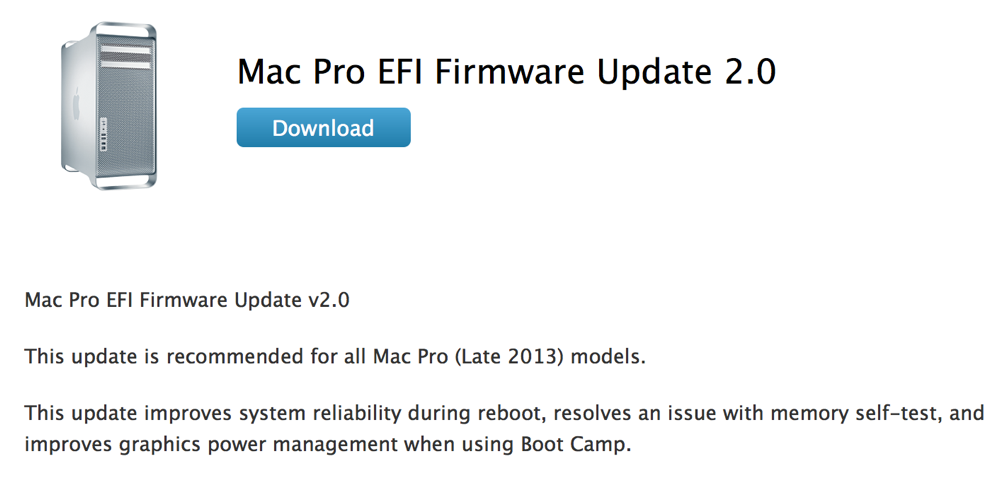

CODE is the actual Engine firmware whereas DATA is where all the system-specific settings are stored, as configured by the OEM at the factory via Intel Flash Image Tool. The Engine firmware Regions (RGN/EXTR) consist of two sections: CODE and DATA. The (CS)ME or (CS)TXE firmware at the system's SPI/BIOS chip is always EXTR, generated by the OEM after configuring the equivalent RGN at the factory via Intel Flash Image Tool (FIT). The Type of each (CS)ME/(CS)TXE firmware Region can be either Stock (RGN, clean/stock/unconfigured images provided by Intel to OEMs) or Extracted (EXTR, dirty/extracted/configured images from various SPI/BIOS). The mandatory regions are the Flash Descriptor (FD, controls read/write access between the regions among other things), the (Converged Security) Management or Trusted Execution Engine (CSME/CSTXE/ME/TXE, holds the Engine firmware which has been configured for a specific system) and the BIOS. The SPI/BIOS chip firmware is divided into regions which control different aspects of an Intel-based system. In this guide, the term "system" means an individual user machine whereas "model" refers to all those "systems" released by the OEM. Although the guide can be used for that sometimes, the goal is not to update the firmware but to clean the already existing one inside the dumped SPI/BIOS image from any system-specific data while maintaining any configuration settings applied by the OEM of the given model.
#Mac mini efi firmware update 1.7 how to
It is not meant as a guide on how to completely transform a dumped Engine region into a stock Intel-provided one.
/article/2010/12/08/170650-macbook_air_efi_2_0.jpg)
This guide is relevant to those who need to clean the DATA section of an Engine (CSME, ME, CSTXE, TXE) Region, which is part of a dumped SPI/BIOS image, in order to flash the latter on a different machine of the same OEM model.


 0 kommentar(er)
0 kommentar(er)
